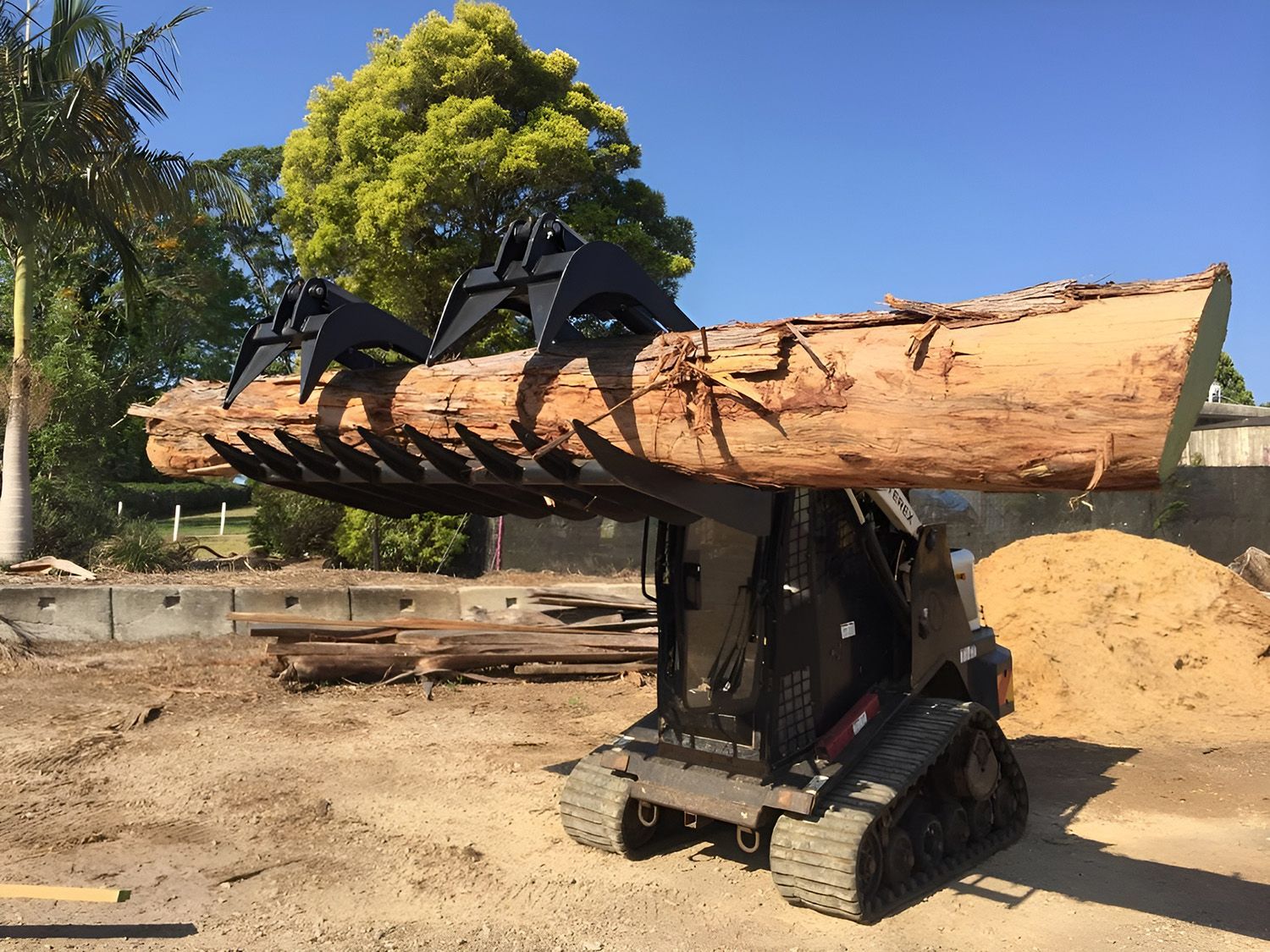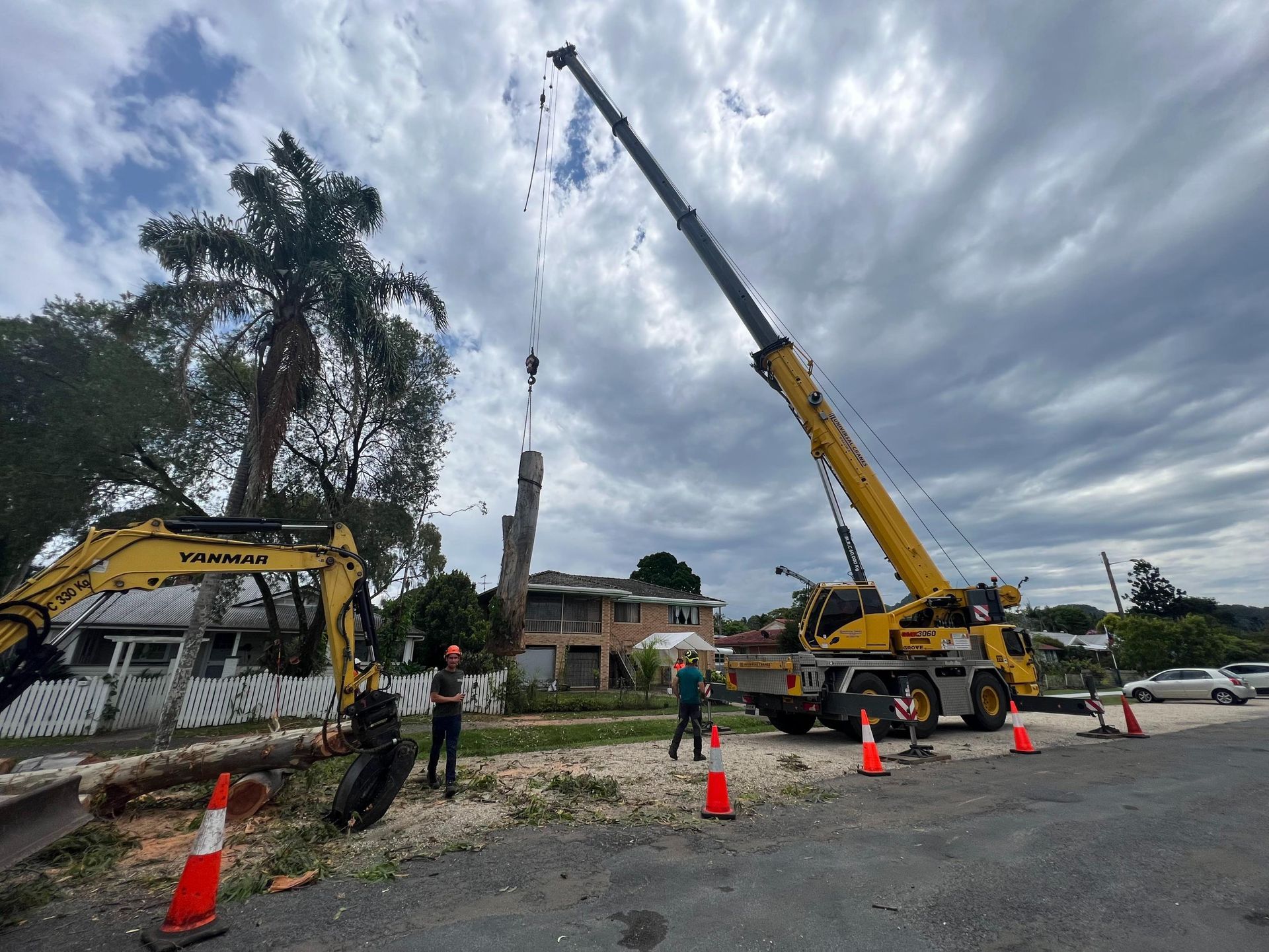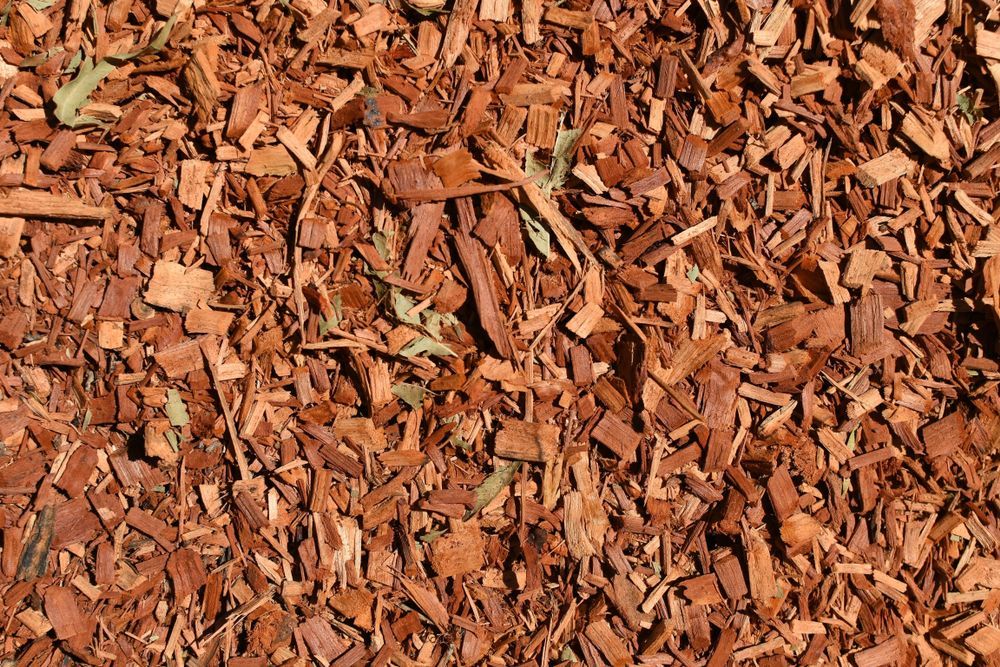How Your Arborist Recommends You Care For New Trees
When planting new trees, proper care and maintenance are essential to ensure their growth and longevity. An arborist can provide expert guidance on how to care for your trees to promote healthy development. In this article, we will discuss the importance of proper tree care, including watering techniques, pruning and trimming, fertilisation, soil management and pest and disease control.
1. Proper Tree Care
Proper care is crucial for the health and growth of new trees. Without the right care, trees may struggle to establish strong root systems and withstand environmental stressors. Arborists recommend investing in proper care to ensure that your new trees thrive and enhance the beauty of your landscape. Additionally, proper care can prevent common issues such as stunted growth, disease susceptibility and pest infestations.
Proper care can promote healthy growth and development, leading to stronger, more resilient trees. Well-cared-for trees are better able to withstand harsh weather conditions and environmental challenges. Healthy trees also contribute to improved air quality, wildlife habitat and overall ecosystem health.
Neglecting tree care can result in stunted growth, leaf discolouration and overall decline in tree health. Untreated issues such as pest infestations or diseases can spread and affect other trees in your landscape. Neglecting tree care can also lead to costly maintenance or removal expenses in the future.
Proper care can promote optimal growth rates, leaf production and overall vitality of new trees. Well-maintained trees are more resistant to environmental stressors and have better chances of survival in the long term. By investing in proper care, you can enjoy the beauty and benefits of healthy, thriving trees for years to come.
While investing in proper tree care may require upfront costs, it can save you money in the long run by avoiding expensive treatments or tree removals. Healthy trees are less likely to require extensive maintenance or repairs, reducing overall landscaping expenses. Proactive care can help you avoid emergency situations and keep your trees looking beautiful and vibrant year-round.
2. Watering Techniques
Arborists recommend watering newly planted trees regularly to help establish their root systems. According to Arborist Now, a tree should be watered two to three times per week after it is planted. It's important to monitor soil moisture levels and adjust watering frequency accordingly to prevent over- or under-watering. During hot, dry periods, trees may require more frequent watering to stay hydrated and healthy.
When watering new trees, apply water slowly at the base of the tree to reach the root zone effectively. Use a soaker hose or drip irrigation system to ensure deep watering and minimise water runoff. Water in the early morning or evening to reduce evaporation loss and allow the tree to absorb moisture efficiently.
Over-watering can suffocate tree roots by depriving them of oxygen and causing root rot. Signs of over-watering may include yellowing leaves, wilting and waterlogged soil. To prevent over-watering, allow the soil to dry out between watering sessions and adjust your watering schedule as needed. If you suspect over-watering, reduce watering frequency and improve soil drainage to prevent further damage to the tree.
Under-watering can stress trees and lead to wilted or drooping leaves, dry and crispy foliage and overall decline in tree health. Watch for signs of underwatering, such as dry soil and leaf discolouration. To address under-watering, increase watering frequency and ensure that the tree's root zone is adequately moistened. Monitor soil moisture levels regularly to prevent dehydration and stress in new trees. Proper watering is essential for the health and survival of new trees, so be attentive to signs of both over- and under-watering to maintain optimal tree care.
Consider using a watering wand or a hose-end nozzle with adjustable settings to provide gentle, controlled watering for new trees. A soaker hose or drip irrigation system can deliver water directly to the root zone, promoting deep root growth and efficient moisture absorption. Alternatively, you can use a watering bag or bucket to slowly release water at the base of the tree, ensuring thorough hydration without water wastage.
3. Pruning and Trimming
Arborists recommend pruning new trees during their dormant season, typically in late winter or early spring, to encourage healthy growth and shape the tree's structure. Regular pruning helps remove dead, damaged or diseased branches, improves air circulation within the canopy and promotes overall tree health and vigour. Avoid pruning during the active growing season to minimise stress on the tree and allow for proper healing of wounds.
Proper pruning techniques are essential for shaping the tree, improving its structure and maintaining its health and vitality. Utilise sharp, clean pruning tools to make precise cuts and reduce the risk of disease transmission. Focus on removing unwanted branches, thinning out dense foliage and shaping the tree to encourage balanced growth and aesthetics. Consult with an arborist for guidance on proper pruning methods for new trees. Well-executed pruning promotes new growth, enhances flowering and fruit production and ensures the long-term health and beauty of your trees.
Avoid topping or excessive pruning, as this can weaken the tree, disrupt its natural growth patterns and increase susceptibility to pests and diseases. Avoid making improper cuts, such as leaving stubs or damaging branch collars, as this can slow wound healing and invite pathogens to enter the tree. Always follow correct pruning protocols to minimise stress and damage to the tree. Consult with a certified arborist for professional pruning services and guidance on the best practices for maintaining healthy, well-pruned trees in your landscape.
Pruning plays a crucial role in shaping the tree's structure, directing growth and removing potentially hazardous branches. Proper pruning can encourage new growth, improve tree strength and enhance overall aesthetics. By removing dead or damaged branches, you can prevent disease spread, improve air circulation and reduce the risk of branch failure during storms or high winds. Pruned trees are more resistant to environmental stressors and have better chances of long-term survival. Regular pruning allows you to shape the tree's canopy, control its size and promote healthy growth patterns that enhance the tree's beauty and longevity. Work with an arborist to develop a customised pruning plan for your new trees and enjoy the benefits of well-maintained, well-pruned landscapes.
Trimming, or selective branch removal, helps maintain the tree's shape, prevent overcrowding and encourage new growth in desired areas. Regular trimming can improve sunlight penetration, air circulation and overall tree health and vitality. By removing excessive or crossing branches, you can reduce the risk of disease and pest infestations, promote flowering and fruit production and enhance the tree's aesthetic appeal. Trimming also helps maintain a safe distance from structures or power lines, reducing potential hazards and liability risks. Consult with your arborist for professional trimming services and guidance on the best practices for keeping your new trees well-trimmed and visually appealing. With regular maintenance and care, your trees can thrive and flourish in your landscape for years to come.
Proper care and maintenance are essential for the health, growth and longevity of new trees in your landscape. By following the recommendations of your arborist, you can ensure that your trees receive the care they need to thrive and flourish in their environment. From watering techniques and pruning practices to fertilisation, soil management and pest and disease control, each aspect of tree care plays a vital role in supporting tree health and vitality.
Investing in proper tree care not only promotes the beauty and resilience of your trees but also saves you money in the long run by avoiding costly treatments or tree removals. By establishing a proactive care regimen for your new trees, you can enjoy the benefits of lush, vibrant landscapes that enhance your property and contribute to a healthier, more sustainable environment.
Consult with your arborist for expert guidance on tree care practices that are tailored to your trees' specific needs and conditions. By working together with your arborist, you can develop a customised care plan that promotes optimal tree growth, health and beauty for years to come. With the right care and attention, your new trees can thrive and bring joy and beauty to your landscape for generations to come. Reach out to Tallow Tree Services if we can help consult you about your trees today.







